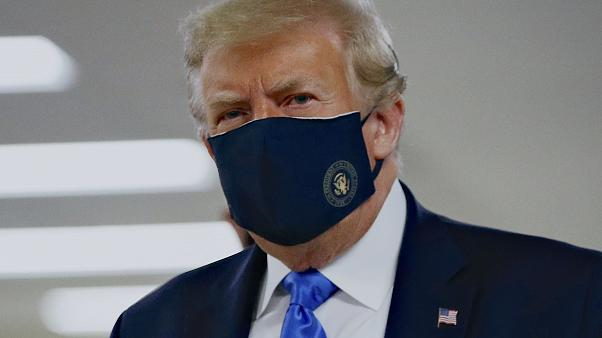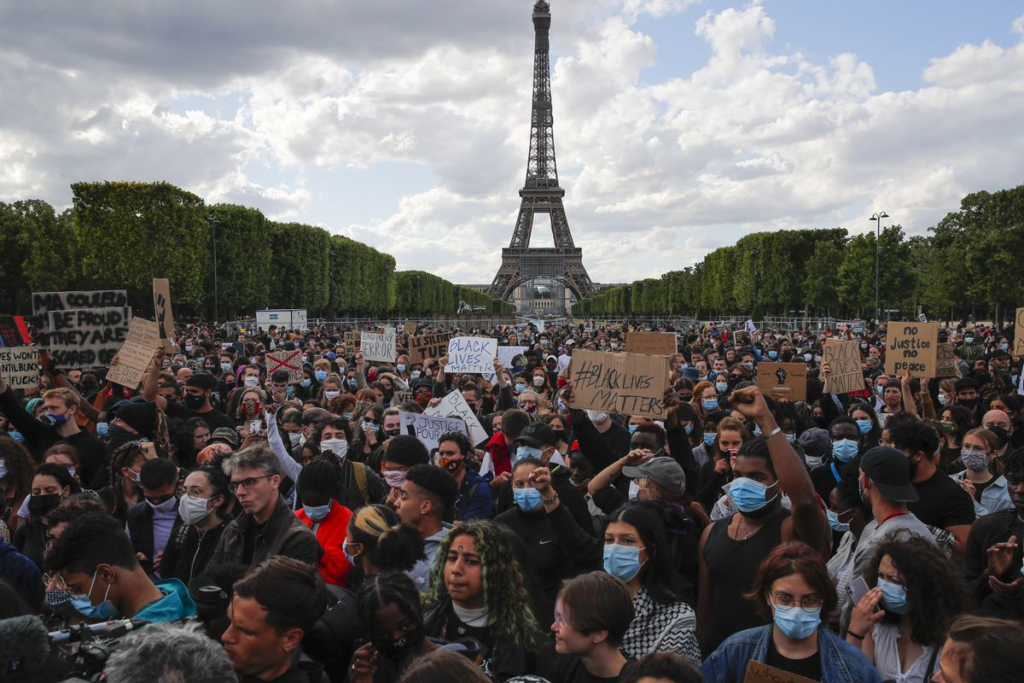The Coronavirus in Victoria
In two short weeks, Victoria has transformed once again. Melburnians are self-isolating amid a second peak of coronavirus cases.
Initially, thousands of public housing residents in Victoria were confined to their homes for at least five days over the holidays as a local hotspot emerged in the towers. After 108 cases were recorded in the state on July 4, nine public housing towers were placed under hard lockdown. On the 26th of July, the number of cases in these towers was 303.

As a result of the subsequent spike in cases across Melbourne, Australian borders have been shut to Victorians if they do not hold a permit which allows them to travel between states. Stage three lockdowns came into place on the 9th of July, reinstating Stay At Home orders – those living in Metropolitan Melbourne or the Mitchell Shire now required to stay home, with the exception of shopping for essential items, care giving, exercise, work or study. As of the 26th of July, there are 4,233 active cases in Victoria and 71 lives lost from the virus.
Closer to home, all students at MLC are again studying from home, apart from those in Years 10, 11 or 12. Marshmead students are travelling to the Gippsland campus virtually this term as the Victoria-New South Wales border is closed. They started an online Marshmead program on the 20th of July.
Coronavirus abroad
Victoria is not alone in their second surge of cases – the United States is similarly experiencing record numbers of new infections In fact, the situation became so dire that US President Trump wore a face mask in public for the first time since the pandemic began when he visited the Walter Reed National Military Centre in Maryland on the 12th of July. The US continues to have the most coronavirus cases in the world, with over 4.3 million cases and 149,000 deaths as of the 26th of July. Brazil and India have the second- and third-most cases respectively.

The Black Lives Matter protests
Protests have continued in the wake of George Floyd’s death at the hands of a police officer, Derek Chauvin, in Minneapolis on the 25th of May. More than 14,000 people have been arrested since protests began, including Chauvin and the other three police officers involved in the arrest which led to Floyd’s death. Protests continued throughout the month of June in the United States in over 40% of American counties, as well as overseas.

The protests have sparked debate about the treatment of BIPOC (Black, Indigenous and People Of Colour) across the world, with many monuments and symbols being removed as a result of their connection to the Confederate States of America and colonialism. Some police policies have been changed and, on June 16th, President Trump signed an executive order which incentivised departments to hire from the populations which they patrol, limit their use of excessive force and prioritise using mental- health professionals or social workers for non-violent calls.




